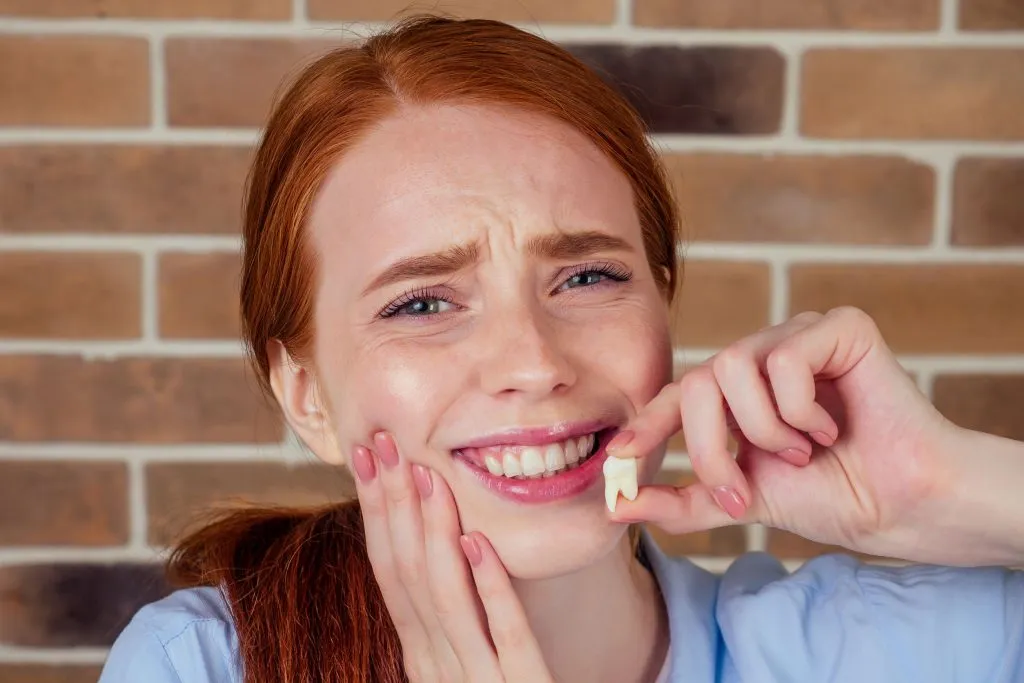Wisdom Teeth Removal and Face Shape: Separating Fact from Fiction
The wisdom teeth, also known as third molars, are the last set of teeth to erupt in the mouth, typically between the ages of 17 and 25. Wisdom teeth removal is a common dental procedure, often recommended due to impaction, overcrowding, or potential future problems. One concern some patients have is whether wisdom tooth removal will alter their facial structure or shape. This article dives deep into the science behind wisdom teeth and facial aesthetics, dispelling myths and providing a clear understanding of the impact (or lack thereof) of wisdom teeth removal on your face shape.
Understanding Facial Structure and the Role of Wisdom Teeth
The shape of your face is determined by the underlying bone structure, primarily the jawbone (mandible) and maxilla (upper jaw). These bones are composed of dense tissue that provides a foundation for your facial features. Wisdom teeth reside in the posterior region of the jawbone, an area known as the alveolar process. This area is distinct from the basal jawbone, which forms the core structure of your lower jaw and contributes significantly to your facial contours.
Why Wisdom Teeth Removal Doesn’t Change Face Shape
Here’s why wisdom teeth removal is unlikely to cause noticeable changes in your facial shape:
-
Location of Wisdom Teeth: As mentioned earlier, wisdom teeth reside in the alveolar process, a less dense and supportive area of the jawbone compared to the basal jawbone. Removing the wisdom teeth doesn’t involve significant bone alteration in this critical area responsible for facial shape.
-
Minimal Bone Loss: The wisdom tooth extraction procedure typically involves minimal bone removal, focusing on creating enough space for the tooth to be extracted safely. This minor bone removal wouldn’t be enough to noticeably alter facial contours.
-
Jaw Development: By the time wisdom teeth erupt, or are planned for removal, facial development is mostly complete. Therefore, removing wisdom teeth wouldn’t influence the ongoing growth and shaping of the jawbone.
Temporary Changes After Surgery
While wisdom teeth removal doesn’t permanently change your face shape, there might be some temporary alterations in the immediate aftermath of the surgery. These are due to swelling and inflammation caused by the extraction process and typically subside within a few days to weeks:
-
Facial Puffiness: Swelling around the jawline, cheeks, and sometimes even the eyes is a common side effect of wisdom teeth removal. This swelling can make your face appear fuller and rounder, temporarily altering facial contours.
-
Changes in Jawline Definition: Swelling can also obscure the jawline definition, making it appear less sharp.
These temporary changes shouldn’t be a cause for concern. As the swelling subsides, your facial features will return to their pre-operative appearance.
Potential Indirect Effects on Facial Shape
In rare cases, wisdom teeth can have an indirect impact on facial structure if left unerupted or impacted. Here’s how:
-
Impacted Wisdom Teeth: If wisdom teeth are impacted and press against other teeth, they can contribute to overcrowding and misalignment of teeth over time. This could potentially lead to changes in the jawbone and facial profile, although such cases are uncommon.
-
Infection: Impacted or partially erupted wisdom teeth are more prone to infection, which can cause localized bone loss in the jaw. However, such bone loss is usually minimal and wouldn’t significantly alter facial shape.
It’s important to note that these are potential indirect effects, and early diagnosis and removal of impacted wisdom teeth can help prevent them.
Factors Affecting Facial Appearance After Wisdom Teeth Removal
While wisdom teeth removal itself doesn’t change face shape, other factors can influence your facial appearance after surgery:
-
Age: Facial structure continues to subtly change throughout life due to bone resorption and redistribution of fat tissue. These age-related changes can be more noticeable than any impact from wisdom teeth removal.
-
Weight Fluctuations: Significant weight loss after surgery can make your face appear thinner, regardless of wisdom teeth removal. Conversely, weight gain can lead to a fuller facial appearance.
Maintaining a Healthy Face Shape
Here are some tips for maintaining a healthy and aesthetically pleasing face shape:
-
Practice Good Oral Hygiene: Brushing and flossing regularly keeps your teeth and gums healthy, promoting overall facial health and preventing potential problems that could affect facial structure.
-
Maintain a Balanced Diet: A diet rich in essential nutrients helps support bone health and contributes to a healthy facial structure.
-
Consult a Dermatologist: If you’re concerned about age-related changes in your facial structure, a dermatologist can offer advice on skincare routines or cosmetic procedures to address your specific needs.

